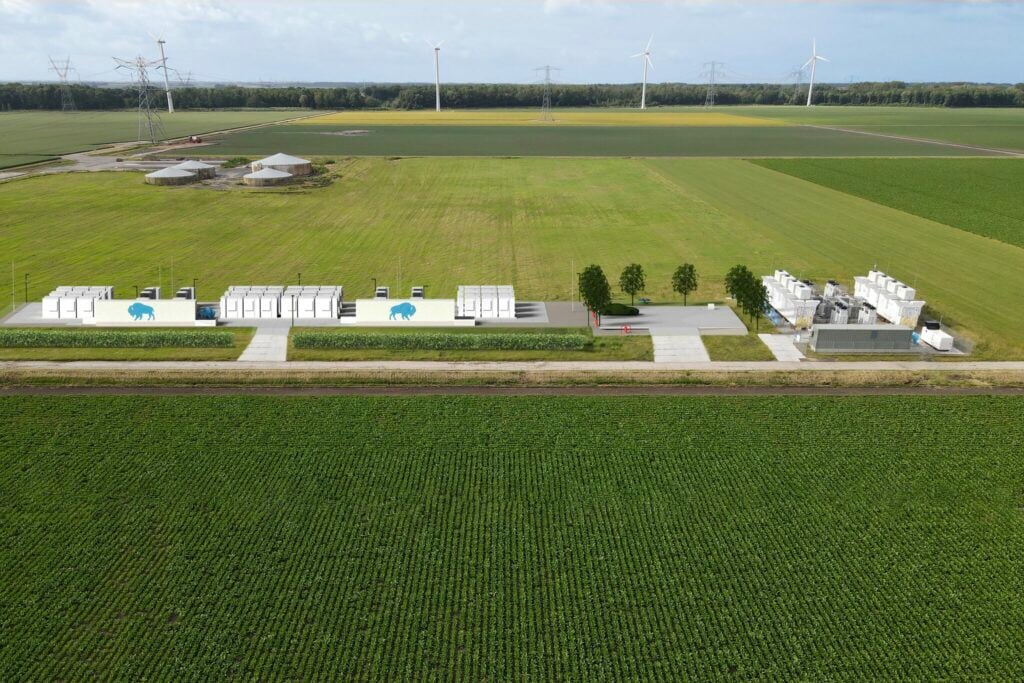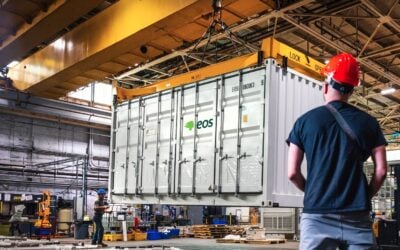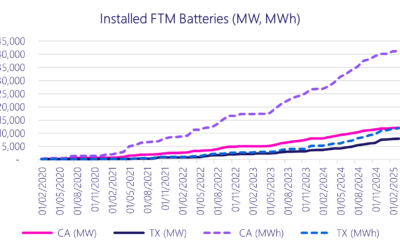
Grid operators in the Netherlands are trialling the potential of large battery storage to relieve bottlenecks in the grid.
Liander, one of the seven main grid operators in the country, has partnered with developer GIGA Storage to deploy the batteries in Amsterdam, Alkmaar and Lelystad. Another operator, Enexis Netbeheer, has partnered with solar PV operator PowerField to do the same in Drenthe.
Enjoy 12 months of exclusive analysis
- Regular insight and analysis of the industry’s biggest developments
- In-depth interviews with the industry’s leading figures
- Annual digital subscription to the PV Tech Power journal
- Discounts on Solar Media’s portfolio of events, in-person and virtual
As the second-most densely populated country in Europe (excluding microstates), the Netherlands’ grid is reaching maximum capacity in more and more places. But, GIGA Storage pointed out, the maximum capacity is only reached during specific peak periods with capacity available for most of the remainder.
When allowing capacity onto the network, grid operators have to consider the maximum amount that all connected resources could request simultaneously, severely limiting the amount of assets they approve leading to much unused capacity.
Liander is starting three pilots with GIGA to add 10-20MW-sized batteries in Amsterdam and Alkmaar, and a 25MW one in Leylstad. The Leylstad grid has reached maximum capacity for the feed-in of wind and solar power, and the battery will increase input by storing the excess power.
They will also explore time-limited contracts, which will allow the batteries to only charge or discharge when there is available capacity. Currently, all resources including new batteries have to sign up to 24/7 grid access but the New Energy Act (Nieuwe Energiewet), set to come into effect in 2024/25, will allow for a more flexible approach.
Ruud Nijs, CEO of GIGA Storage, said: “We are in talks with the grid operators to realise large-scale energy storage. This creates a partnership between all parties in the energy chain that will contribute to a rapid energy transition and a substantial alleviation of connection problems.”
Enexis Netbeheer and PowerField’s collaboration is centred around the latter’s solar-plus-storage projects. PowerField will use a combination of a battery and time-limited contracts to help with grid congestion.
Nijs discussed his company’s 25MW/48MWh GIGA Buffalo battery storage project – the largest project in the country, pictured above – with Energy-Storage.news in January.






